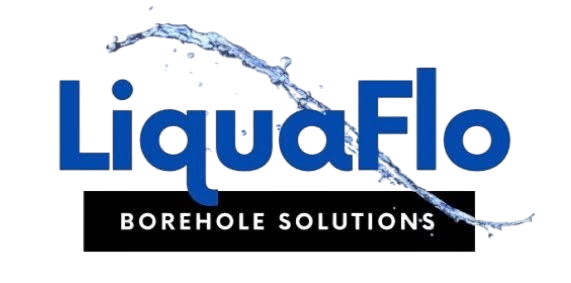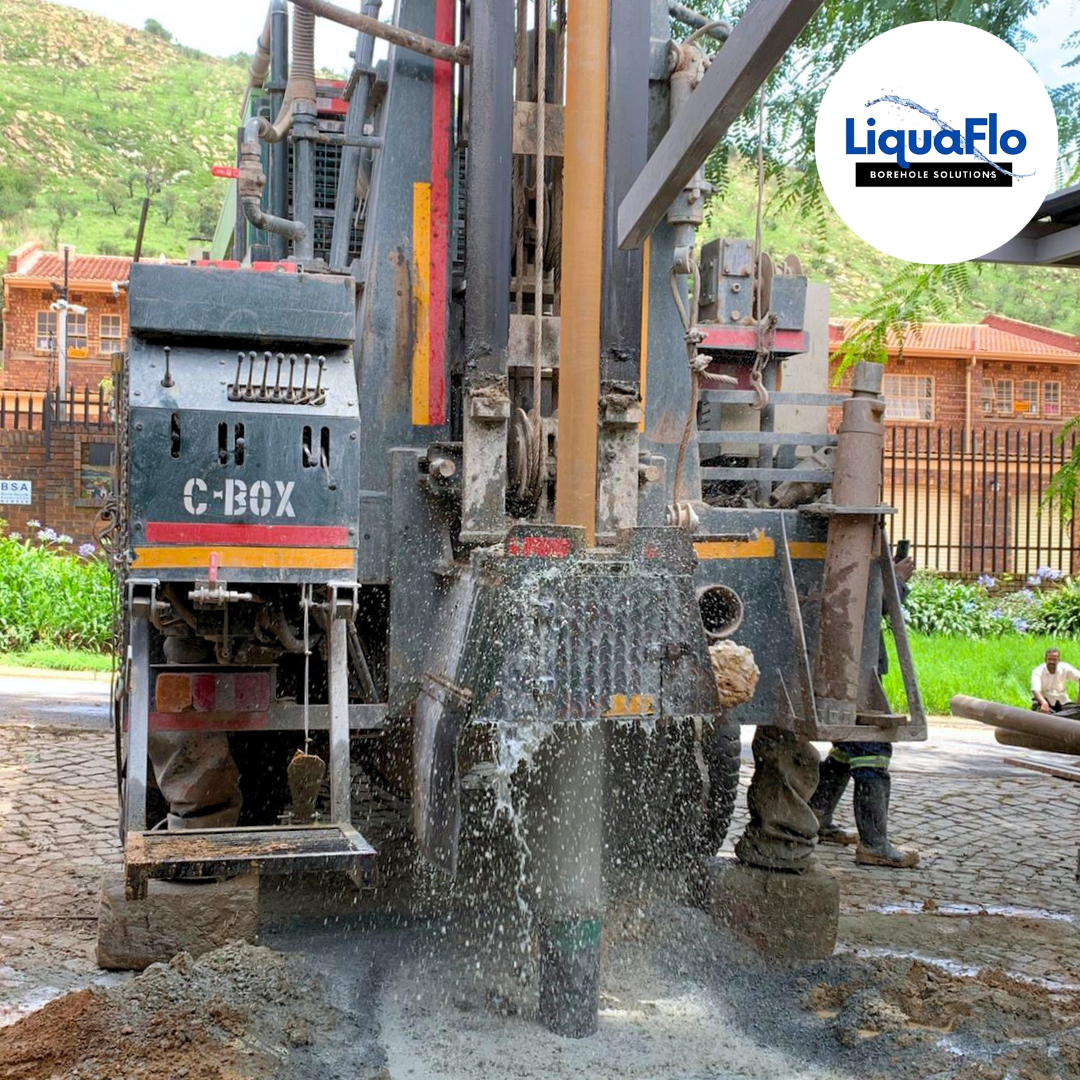Thinking about drilling a borehole? You're not alone — more and more South Africans are choosing to go off-grid with their water supply. But before you fire up the drill (or hire someone who will), there are a few important things to consider. Whether you're planning a borehole for your home, business, or farm, this beginner's guide walks you through what you should know before taking the plunge — and how LiquaFlo Borehole Solutions can handle the entire process for you.
Why Drill a Borehole in the First Place?

Water independence is becoming a priority in South Africa, especially with rising municipal rates and water supply challenges. A borehole gives you reliable access to groundwater, helping you:
- Cut down on monthly water bills
- Secure a backup water source during water outages
- Keep gardens and crops green, even during restrictions
- Increase your property’s value with a long-term water solution
Now, let’s talk about what you need to know before drilling.
Step 1: Know the Legal & Environmental Requirements

Before anything starts, it’s important to ensure your borehole project is compliant with local regulations. While private boreholes typically don’t require full registration for domestic use, you still need to follow the SABS SANS 10299-:2003 guidelines — especially for drilling, construction, and sanitation.
LiquaFlo only works with subcontractors who follow these national standards, giving you peace of mind that your borehole is legal, safe, and built to last.
Step 2: Geo-Surveying – Know Where to Drill

Not all land is created equal when it comes to underground water. A geophysical survey helps identify the best drilling location, factoring in rock formations, water depth, and flow potential. Drilling blindly can waste time and money, or worse — yield poor water supply.
At LiquaFlo, we use professional geo-surveying tools to find the best spot, so you can drill with confidence.
Step 3: Understand the Drilling Process

Here’s a simplified breakdown of what happens during a typical borehole installation:
- Site Evaluation & Surveying – Determines the optimal spot to drill
- Drilling – Specialized rigs drill down to access underground water
- Casing Installation – Steel or PVC casing supports the borehole walls
- Pump Installation – A submersible pump brings water to the surface
- Water Testing – Ensures quality and safety, especially for drinking
- Purification System Setup – Optional, but ideal for safe, clean water
- System Integration – Connects to your tank, irrigation, or home plumbing
Our team at LiquaFlo handles all of the above, from start to finish. You don’t need to coordinate different service providers — we’re your one-stop shop for everything from drilling to pressure pumps and purification.
Step 4: Plan for Long-Term Maintenance
 tank with pump system installed by LiquaFlo, providing off-grid water solutions in Gauteng">
tank with pump system installed by LiquaFlo, providing off-grid water solutions in Gauteng">
Drilling a borehole is just the beginning — keeping it running smoothly is just as important. Over time, you may need:
- Pump repairs or replacements
- Tank and stand maintenance
- Pipe flushing and descaling
- Water quality monitoring
Luckily, we don’t just install — we maintain, repair, and upgrade existing systems too. Our team is always on standby to ensure your borehole investment keeps delivering value.
Final Thoughts
Drilling a borehole is a smart move — but only if it’s done right. From surveying to water testing and purification, every step matters. At LiquaFlo Borehole Solutions, we take care of it all, using SABS-approved components, expert workmanship, and tailored advice to suit your specific site and needs.
Whether you're a homeowner tired of high water bills, a farmer looking to secure irrigation, or a business wanting water reliability, we’re here to help you go off-grid — sustainably and affordably.


